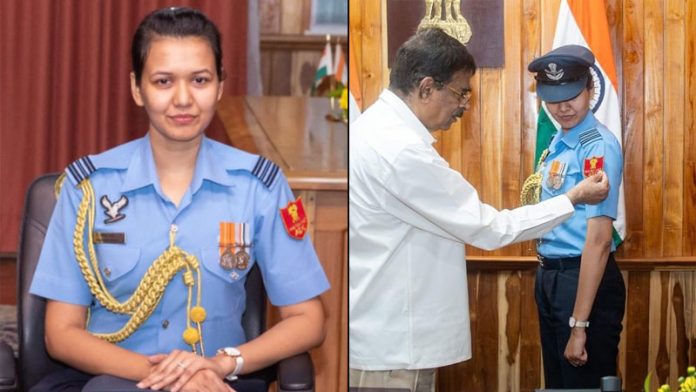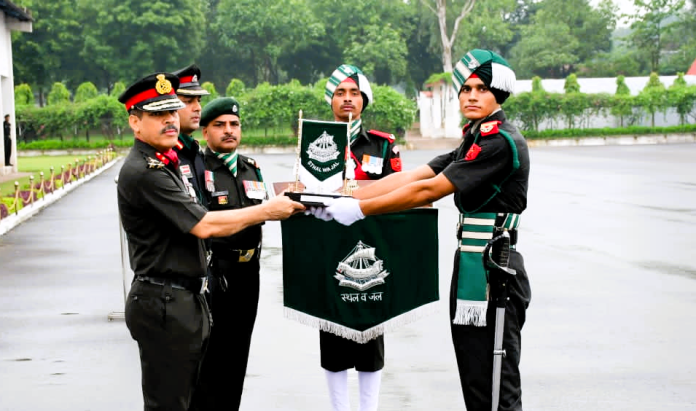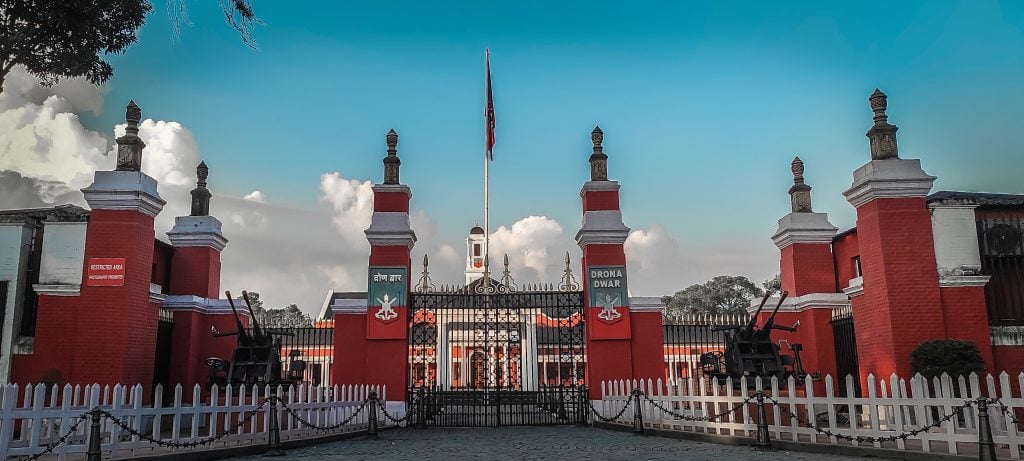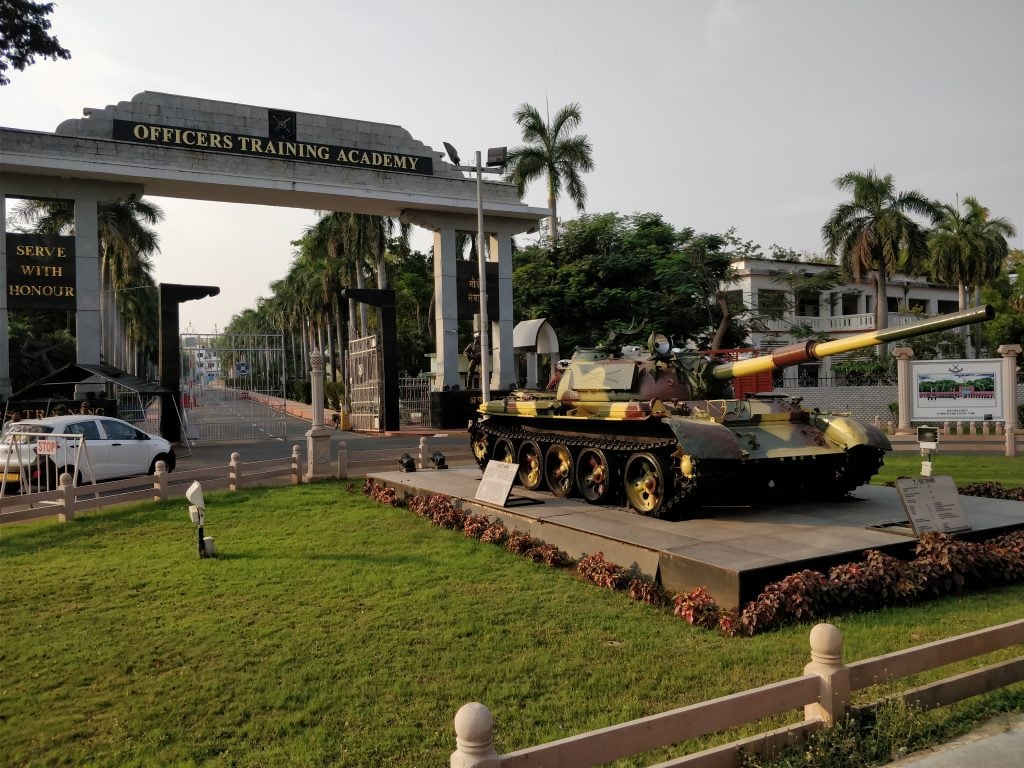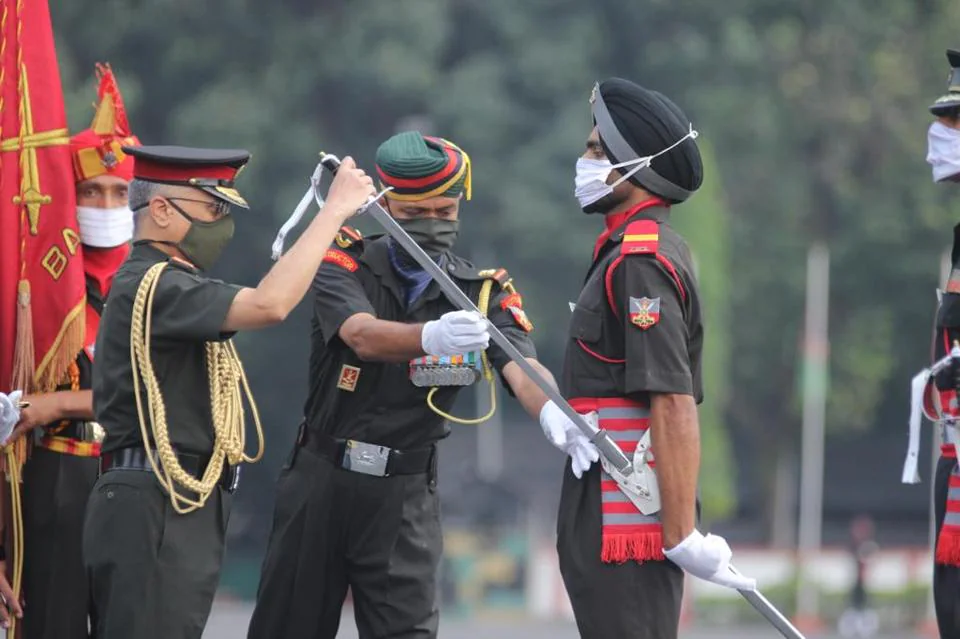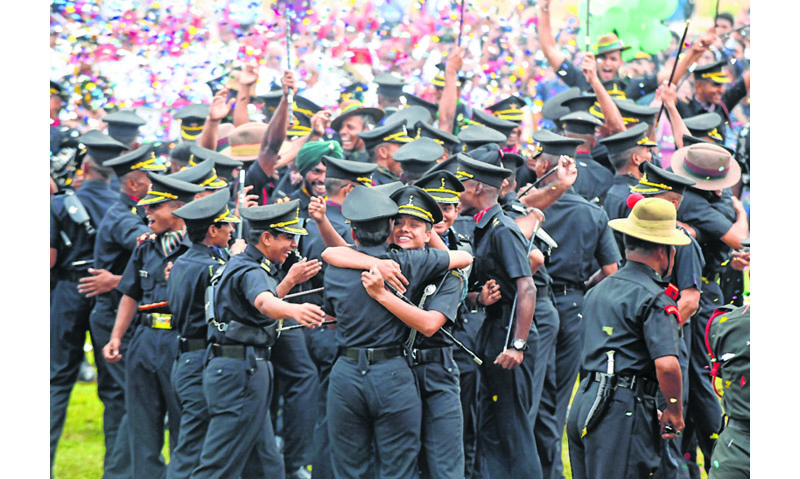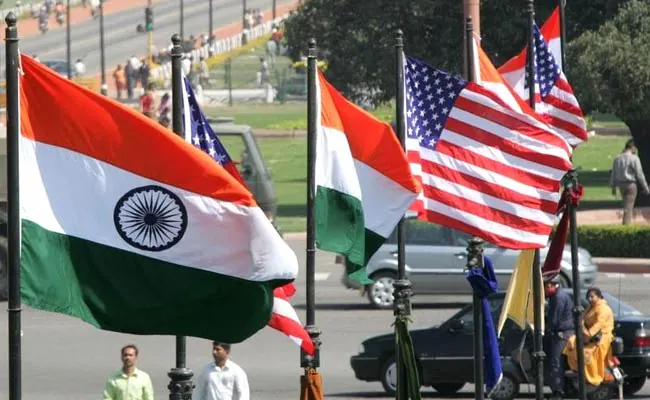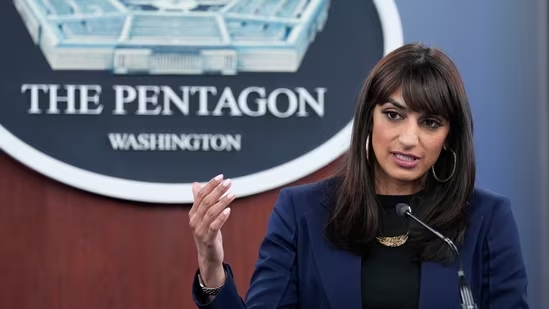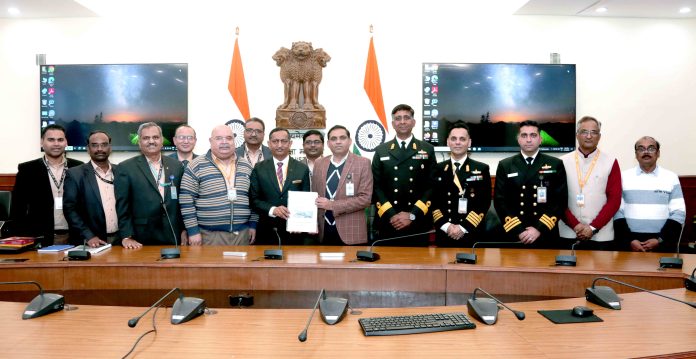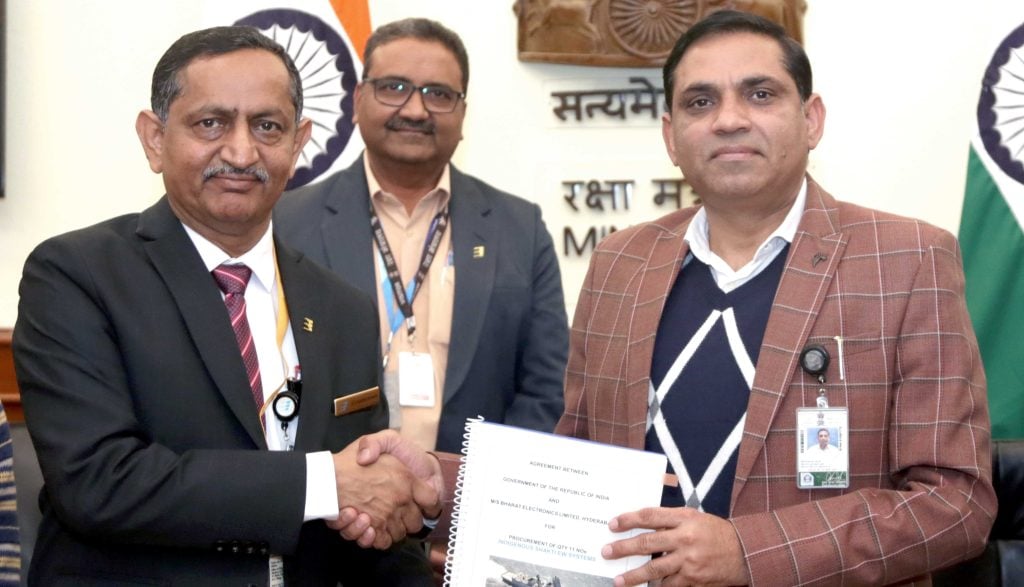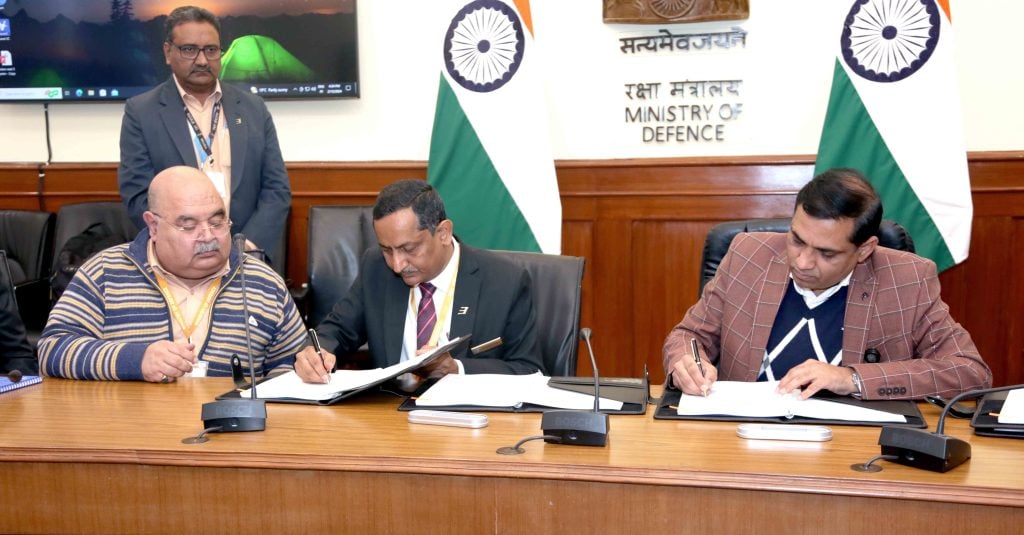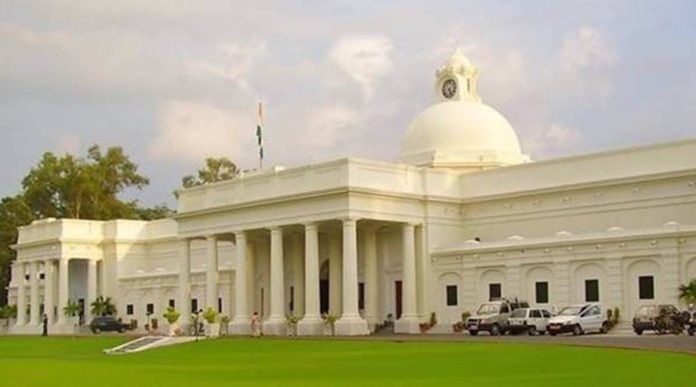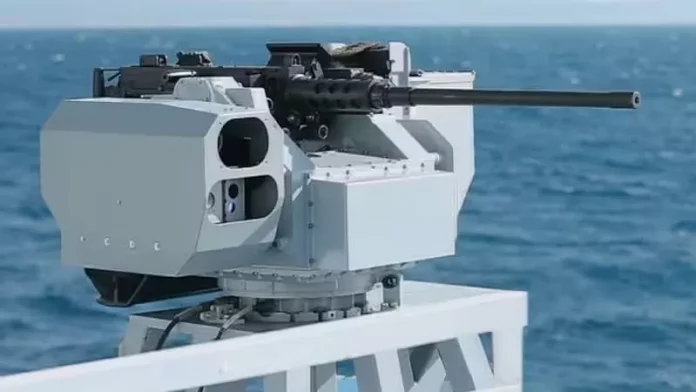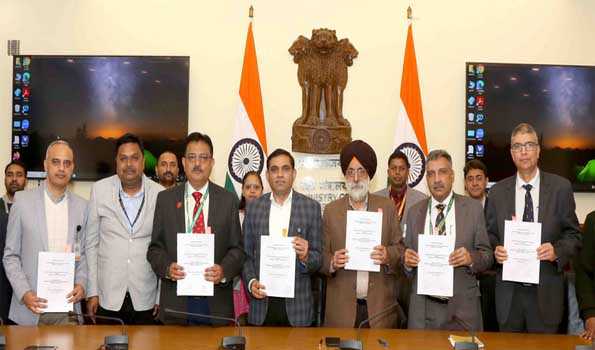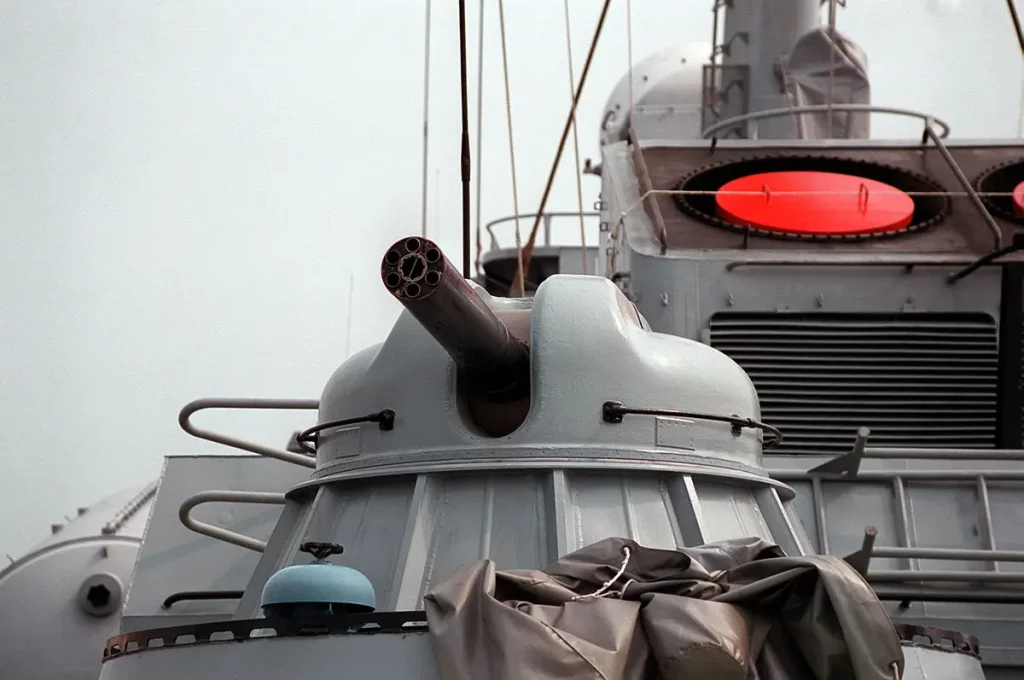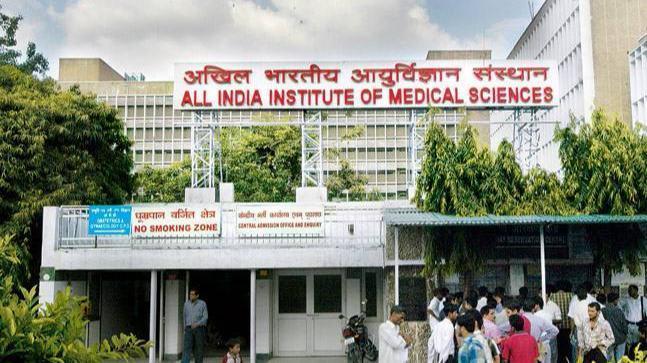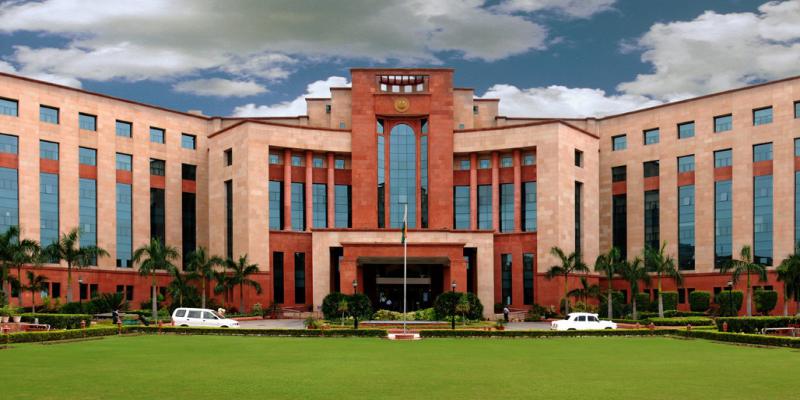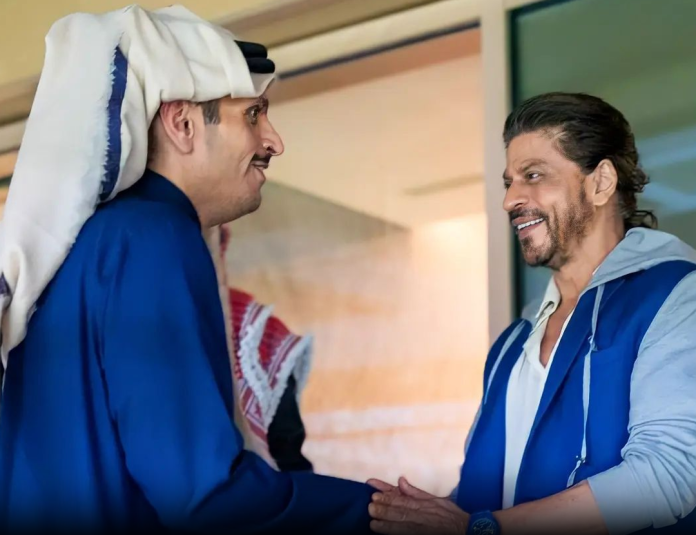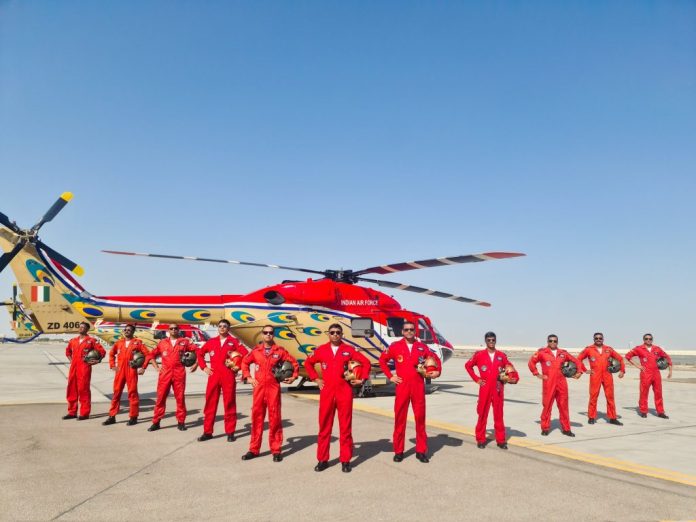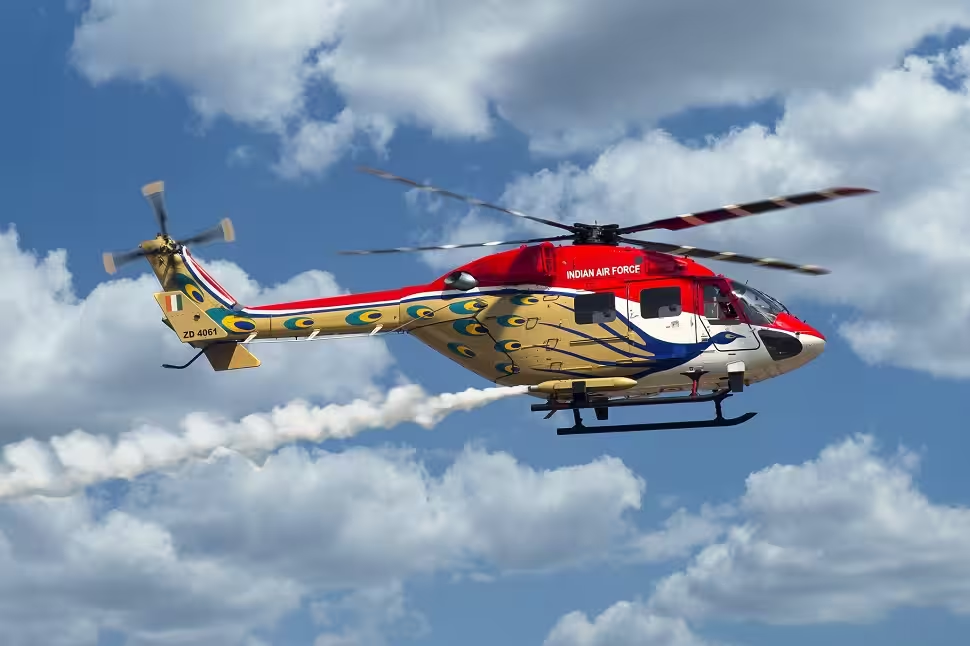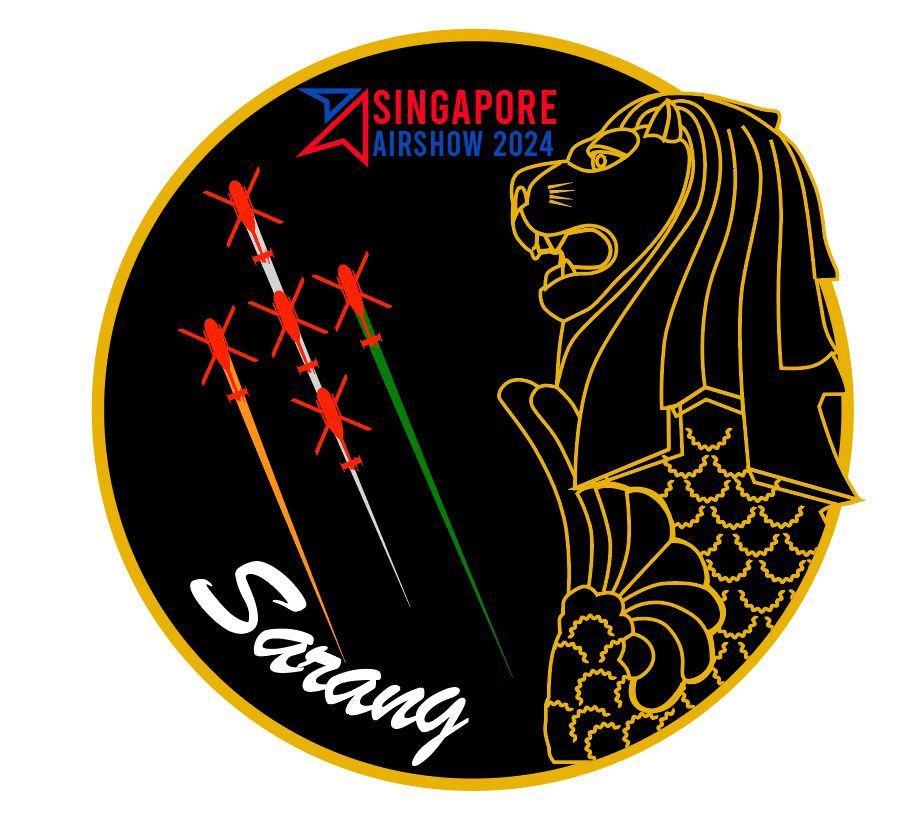Squadron Leader Manisha Padhi has achieved the distinguished honor of being the first female officer from the armed forces to be appointed as an Aide-De-Camp (ADC) to a Governor. This appointment significantly contributes to the government’s initiative promoting women’s empowerment.
The Governor of Mizoram, Dr. Hari Babu Kambhampati, chose Sqn Leader Padhi, a 2015 batch officer of the Indian Air Force (IAF), for the role of his ADC. She was selected from a shortlist provided by the Ministry of Defence, which included two other male officers, as per sources from the Governor’s office.
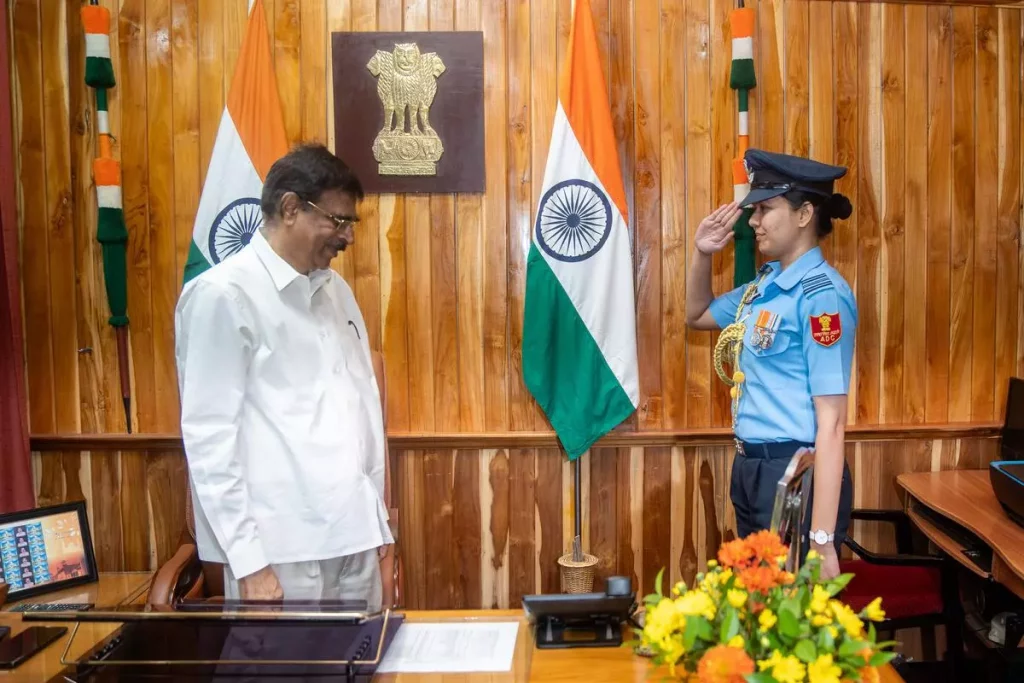
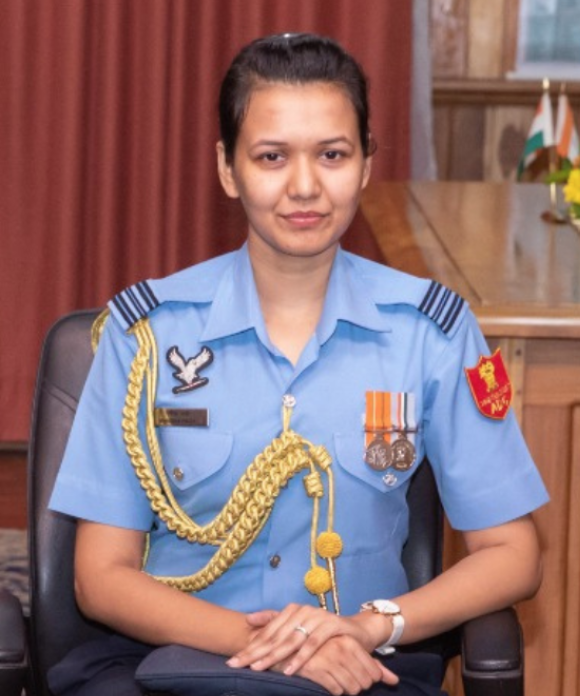
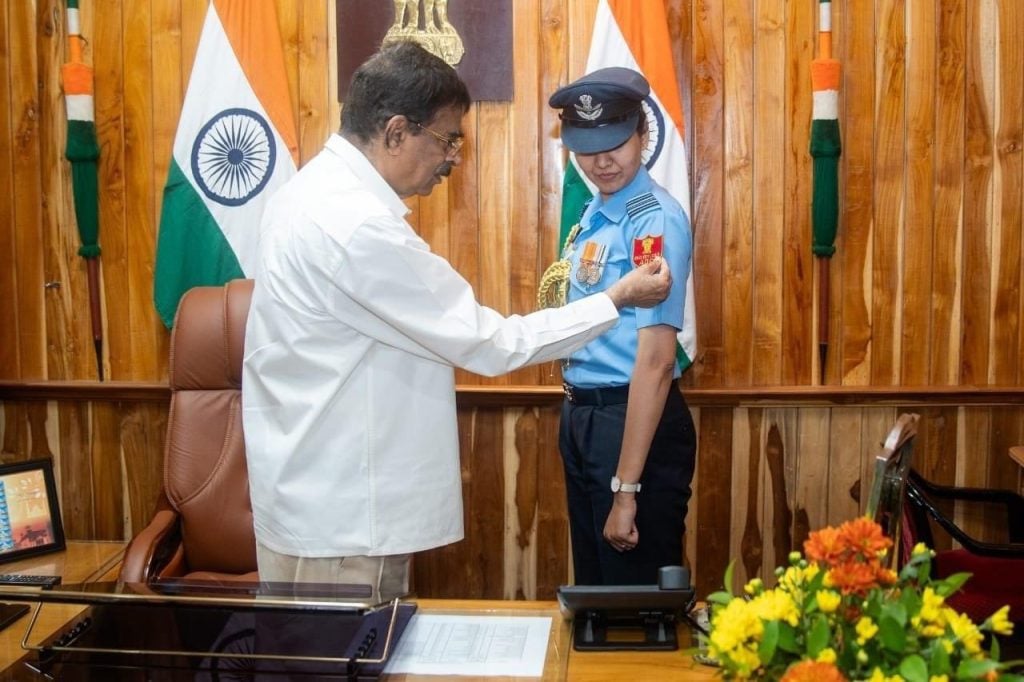
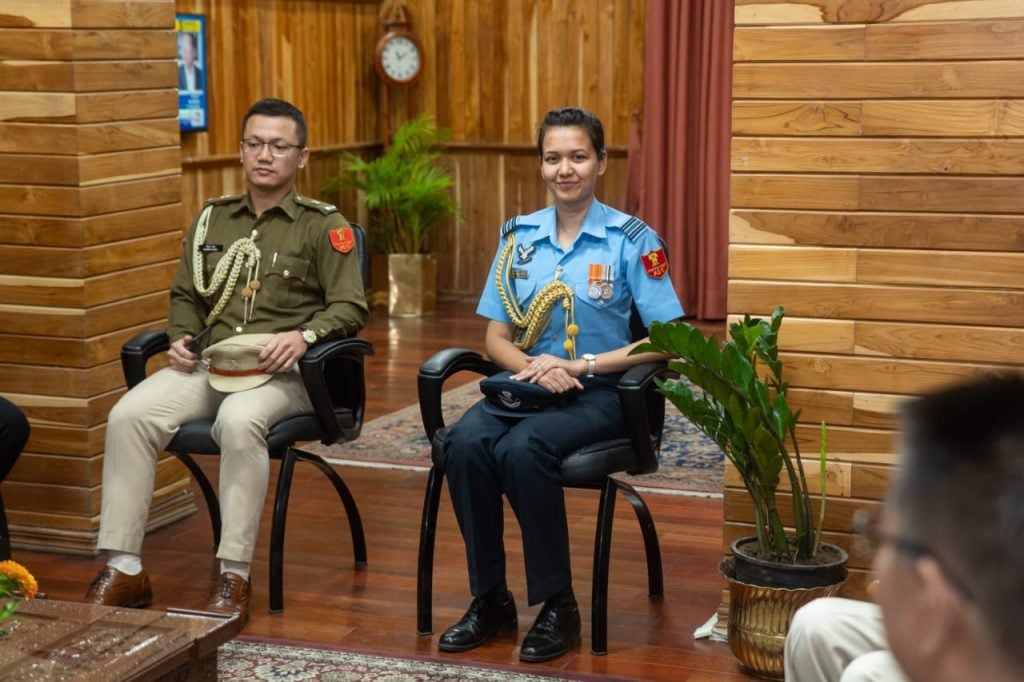
Governor Kambhampati highlighted her appointment as not only a landmark achievement but also as a demonstration of women breaking gender barriers and excelling in diverse domains. He emphasized the importance of celebrating this achievement and continuing to support women’s empowerment across all areas.
An Aide-De-Camp (ADC) serves as a personal assistant to a Governor, often accompanying them on official tours. Each Governor is assisted by two ADCs, one from the armed forces and the other from the police service. In Mizoram, the second ADC is Zonun Thara, a state police officer.
Sqn Leader Padhi, who works in the administrative branch of the IAF, has previously served at Air Force Stations in Bidar, Pune, and most recently in Bhatinda.
Hailing from Berhampur in Odisha’s Ganjam district, Padhi is a second-generation officer, inspired by her father, Manoranjan Padhi, an honorary flying officer who retired in 2020. Her father expressed immense pride in her appointment, especially noting her success in the rigorous selection process.
Regarding her motivation for this role, her father recounted that Sqn Leader Padhi has always embraced challenges throughout her life. While she chose a career in the IAF, her brother opted for civilian life and currently works in the Netherlands.
Sqn Leader Padhi is an alumnus of the CV Raman College of Engineering, Bhubaneswar. She joined the IAF in 2015 after passing the Air Force Common Admission Test. Her husband, Major Depak Singh Karki, serves in the Indian Army and is presently stationed in Punjab, as informed by her father.

